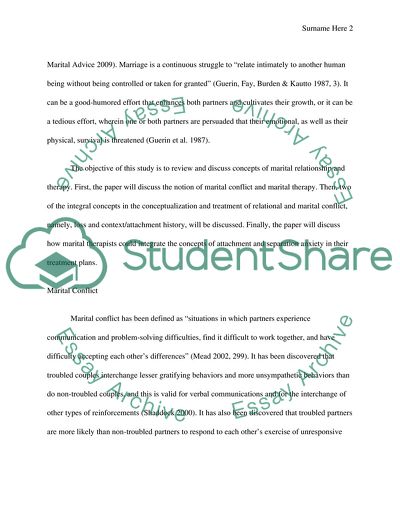Cite this document
(Treating Troubled Marital Relationships as a Mission of Marital Therap Term Paper, n.d.)
Treating Troubled Marital Relationships as a Mission of Marital Therap Term Paper. Retrieved from https://studentshare.org/psychology/1561575-oder-315536
Treating Troubled Marital Relationships as a Mission of Marital Therap Term Paper. Retrieved from https://studentshare.org/psychology/1561575-oder-315536
(Treating Troubled Marital Relationships As a Mission of Marital Therap Term Paper)
Treating Troubled Marital Relationships As a Mission of Marital Therap Term Paper. https://studentshare.org/psychology/1561575-oder-315536.
Treating Troubled Marital Relationships As a Mission of Marital Therap Term Paper. https://studentshare.org/psychology/1561575-oder-315536.
“Treating Troubled Marital Relationships As a Mission of Marital Therap Term Paper”, n.d. https://studentshare.org/psychology/1561575-oder-315536.


